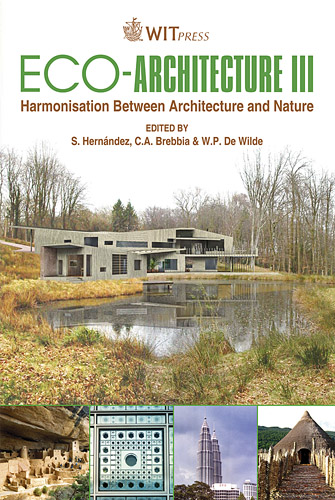Ambiguous Boundaries: A Japanese Way Of Designing With Nature
Price
Free (open access)
Transaction
Volume
128
Pages
12
Page Range
15 - 26
Published
2010
Size
2,717 kb
Paper DOI
10.2495/ARC100021
Copyright
WIT Press
Author(s)
E. Beita
Abstract
Building and nature are two elements that traditional Japanese architecture regards as one. The effects of a building on the surrounding environment, its orientation, and the integration of nature creates a space of ambiguity, a space in constant harmony, as well as a space that can fully adapt to changing environments. After retiring, Kobori Enshu, a Japanese tea master, designed his personal residence in 1643, in which he created the Bosen tea room. For this space he created a unique type of hanging paper screen, able to adapt to different uses and conditions around the year. Through this study, the important characteristics of such a screen have been analyzed. Although the main use of this screen is as a shading device, it can become an entrance, a picture frame for the exterior, control exterior views, and be a source of ambient illumination. Such a screen is able to create a direct link between exterior and interior, harmonizing both areas. The paper also highlights the strengths and possible applications of such a screen in contemporary architecture, especially in cities where the lack of space has resulted in windows with no views. The application in the Japanese housing market will also be studied, showing current trends and the evolution of the screen into contemporary architecture. Finally, improvements to current screens will be discussed, in order to make them more adaptable to changing urban space. Keywords: Japanese traditional architecture, shading devices, building and nature, paper screen, urban space. 1 Introduction Through my research I have been able to visit over one hundred traditional temples, shrines, tea houses, and farm houses in Japan. From this, I have been
Keywords
Japanese traditional architecture, shading devices, building and nature, paper screen, urban space





